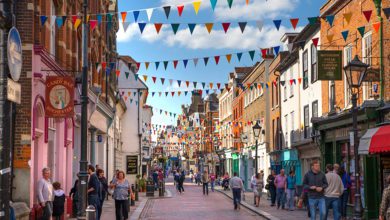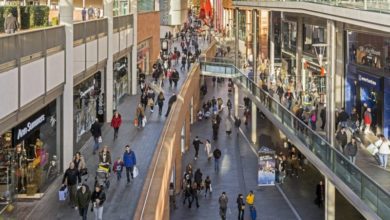Britain’s shop vacancy rates reduce in 2012

In its latest shop vacancy report, More Clicks, Less Bricks, the LDC analysed more than 275,000 retails and leisure premises across nearly 2,000 retail centres to find that the shop vacancy rate in Britain reduced from 14.3 per cent to 14.2 per cent in 2012.






